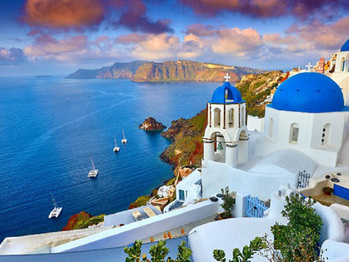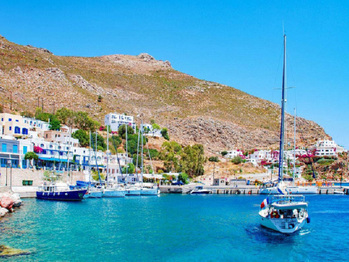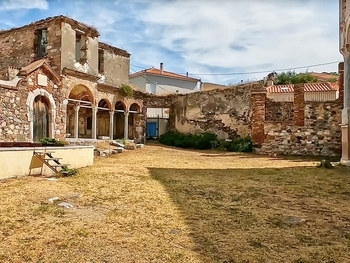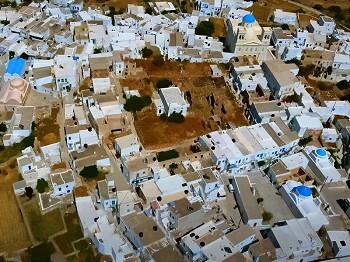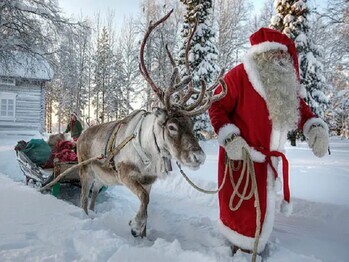The Parthenon, Athens, Greece
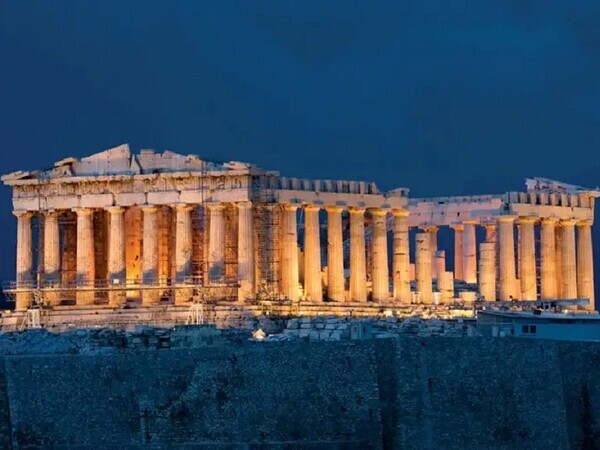
The Parthenon, located atop the Acropolis in Athens, Greece, stands as an enduring symbol of neoclassical architecture. Built in the 5th century BC, it epitomizes the Doric order with its majestic columns, pediments, and entablatures. Dedicated to the Greek goddess Athena, this ancient temple continues to inspire neoclassical designs worldwide.
The United States Capitol, Washington, D.C., USA

The United States Capitol, a cornerstone of American democracy in Washington, D.C., showcases grand neoclassical features. Originally designed by William Thornton and expanded by Benjamin Latrobe and Charles Bulfinch, its impressive dome and classical porticos embody the nation's reverence for ancient architectural principles.
The Panthéon, Paris, France
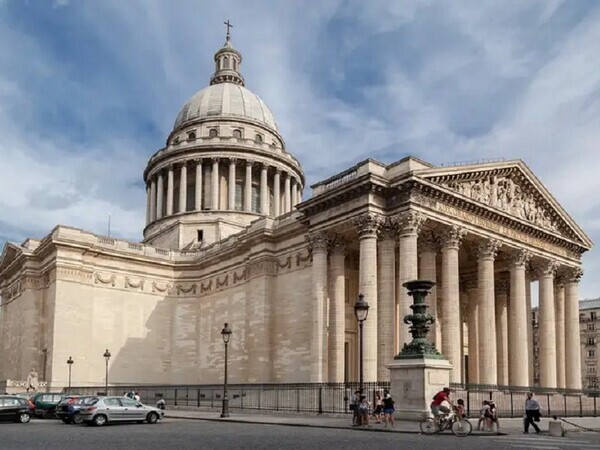
In the heart of Paris' Latin Quarter, the Panthéon stands as a testament to French neoclassical innovation. Once a church, it now serves as a mausoleum for esteemed French figures. Architect Jacques-Germain Soufflot blended Corinthian columns and a striking dome, creating a masterpiece that marries classical elegance with French artistic vision.
The British Museum, London, UK
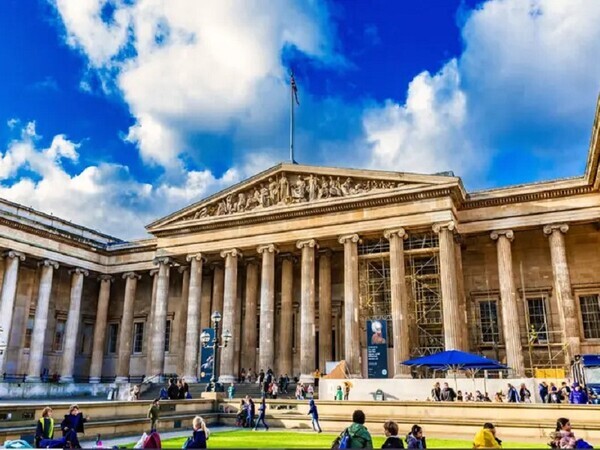
London's British Museum not only houses global treasures but also showcases neoclassical grandeur. Designed by Sir Robert Smirke, its Ionic columns and pediments pay homage to classical Greek architecture. Beyond its vast collection, the museum's architecture itself is a testament to the enduring influence of neoclassicism.
The White House, Washington, D.C., USA
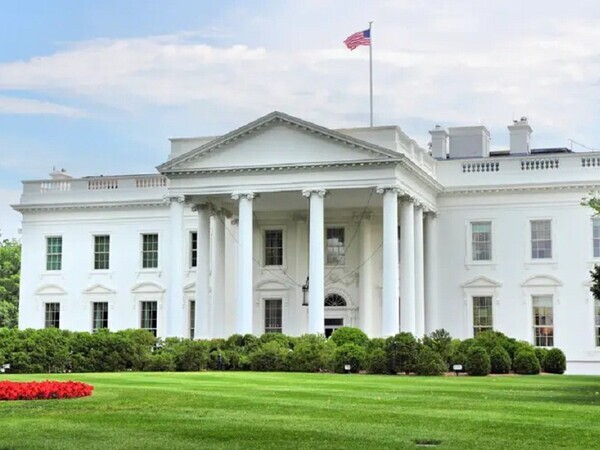
As the official residence of the President of the United States, the White House symbolizes American neoclassical ideals. Designed by James Hoban, it features Ionic columns and a commanding central dome. Its architectural elegance reflects a commitment to classical principles and the nation's democratic values.
The Royal Crescent, Bath, UK
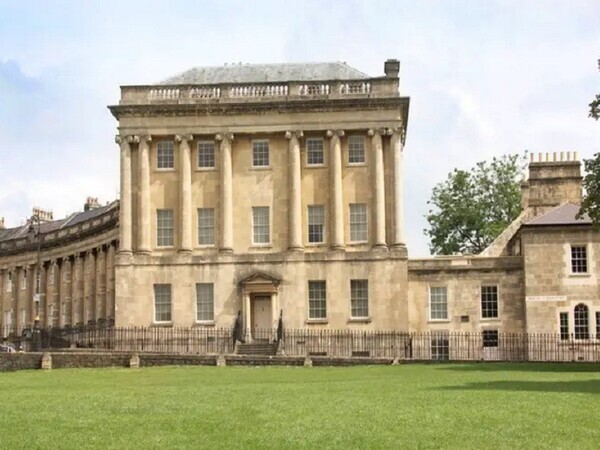
Bath's Royal Crescent is a striking example of neoclassical residential architecture. Crafted by John Wood the Younger in the late 18th century, its semicircular design encompasses 30 Georgian townhouses adorned with Corinthian columns and intricate friezes. This architectural ensemble stands as a tribute to neoclassical grace and symmetry.
The National Gallery, London, UK
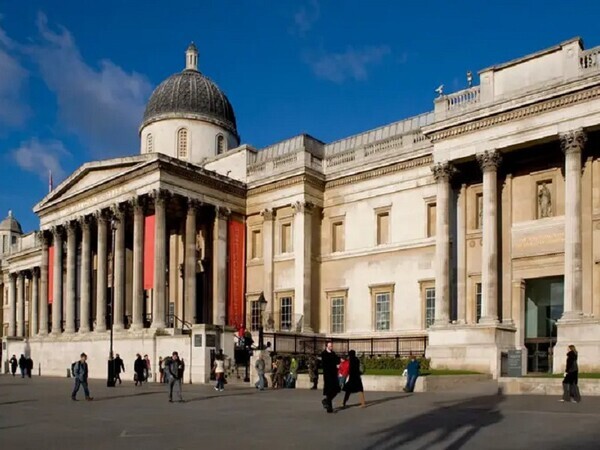
Designed by William Wilkins and opened in 1838, London's National Gallery is a neoclassical masterpiece situated in Trafalgar Square. Its façade, adorned with Ionic columns and a grand portico, mirrors the elegance found within its walls—home to a vast collection of European art, embodying the enduring impact of neoclassicism on cultural institutions.
